There’s some unspoken rule that says you have to have read all the best books — a.k.a. “the classics” — to be considered “well-read.” Some people believe in it so strongly that they actually feel bad about themselves for not having read some giant or other of the literary canon. That so-called rule is total BS. I’m going to delve into why in just a minute before I give you a list of the best classic books that are actually worth your time to read.
I’ve taught English composition to first-year college students, and I always ask my classes what their favorite books are. The number of teenagers — and even adultier adults! — who will straight-up apologize to me because their answer is The Lightning Thief or The Hunger Games is honestly astounding. And pretty heartbreaking.
And I mean, I get it. People have this idea that English teachers, writers, and other bookish types are total lit snobs. But here’s the thing: most of us aren’t like that. We hate those guys — you know, the ones who think Tolkien was the last great writer to walk the earth? — just as much as the next person does.
So allow me to reassure you: If a book isn’t for you, it isn’t for you. You’re not unworthy because you didn’t “get” The Great Gatsby or couldn’t make heads or tails of Pride and Prejudice. And that goes for any other book you can think of. Even if everyone else read it and loved it. Even if it’s on your favorite English teacher’s syllabus every semester. Even if it consistently ranks as one of the Greatest Books of All Time™ in poll after poll.
Below, find 25 of the best classic books that you might actually enjoy, even if you hated English class.
|
|
Best Classic Books: Myths, Legends & Folktales
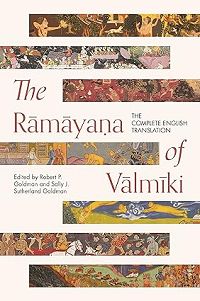
The Rāmāyana of Vālmīki (ca. 6th Century BCE)One of Hinduism’s two foundational epics, The Rāmāyana tells the story of Rama, a Hindu god and prince whose life never seems to go according to plan. In the epic, Rama’s trials and tribulations become spiritual and ethical lessons for the reader. Even if you’re not interested in Hindu philosophy, however, fans of classic adventure tales — think The Iliad, Beowulf, and The Journey to the West — will find much to love here. |
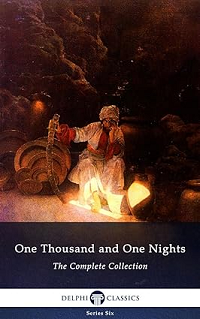
One Thousand and One Nights (ca. 13th Century)One of the most retold classic books of all time, One Thousand and One Nights follows Scheherazade, a book-loving young woman who outsmarts a murderous king through the power of story. Her royal husband beheads his wives on their wedding nights to prevent them from ever becoming unfaithful to him. Scheherazade knows this, and so she refuses to finish each story before the night is over, forcing him to keep her alive if he wants to hear how it ends. In addition to having an amazing story in her own right, Scheherazade spins numerous tales western readers will immediately recognize, including “Aladdin,” “Ali Baba and the Forty Thieves,” and the “Voyages of Sindbad.” |
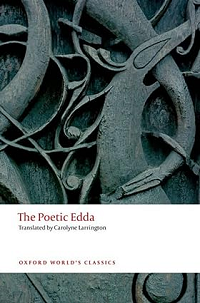
The Poetic Edda (ca. 10th Century)If the Marvel Cinematic Universe has you dying to know what’s really up with Loki, Thor, Odin, and the rest, look no further than The Poetic Edda. This epic poetry collection covers all the stories you’ve heard of, from the Twilight of the Gods to — yes — that time Loki got impregnated by a horse. Not only are these stories integral to the literary culture of Iceland, but without them, we may not have had The Lord of the Rings — much less all the fantasy that came after it. |
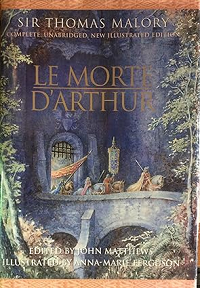
Le Morte d’Arthur by Sir Thomas Malory (1485)I am an inveterate lover of all things Arthurian. Naturally, I had to put this book on the list. Le Morte d’Arthur has remained in print for most of its 500-plus-year-long history and is widely regarded as the definitive account of the Arthurian legends. It inspired T.H. White’s The Once and Future King, which in turn introduced generations of young readers to King Arthur and his knights. If you love stories with traditional fairy tale conceits — “And so it happened in the time of this guy and that guy” and the like — you’re sure to fall in love with this classic doorstopper. |
Best Classic Books: Poetry & Drama
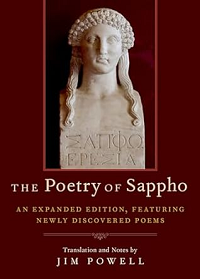
The Poetry of Sappho (ca. 6th Century BCE)More than two millennia ago, a poet was born and died, leaving no trace of her existence behind but the poems she produced. Sappho is a poet who lives on only in fragments, and yet her verses — many of which celebrate romantic and sexual love between women — continue to captivate and inspire writers today, some 2,500 years after her death. Poetry lovers and queer book nerds looking to get into the classics would do well to start here. |
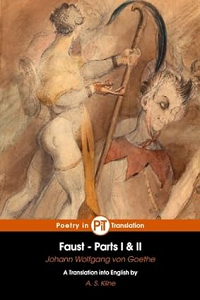
Faust by Johann Wolfgang von Goethe (1808)(The sound you hear is that of Christopher Marlowe fans screaming in agony.) Look, I love Marlowe as much as the next English major, but his Dr. Faustus was not my first introduction to the ill-fated doctor/magician — although it is the origin of the story’s Anglophone popularity. I came to Faust through Goethe, and it’s this version — with its tragic love story and more accessible language — I recommend to new readers. |
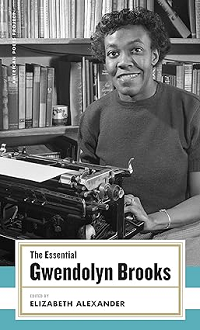
The Essential Gwendolyn Brooks (1945)The first Black writer to win a Pulitzer, Gwendolyn Brooks took home the coveted prize for her 1949 poetry collection, Annie Allen. Sadly, the book is now out of print. Instead, poetry fans interested in reading Brooks’s work should pick up The Essential Gwendolyn Brooks. Edited by The Light of the World author and fellow Pulitzer winner Elizabeth Alexander, this collection features excerpts from Brooks’s first collection to her posthumous final release — 1945’s A Street in Bronzeville and 2003’s In Montgomery, and Other Poems — and everything in between. |
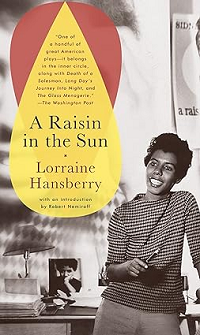
A Raisin in the Sun by Lorraine Hansberry (1959)I don’t know if Lorraine Hansberry’s best-known play is still taught in 21st-century high schools. If it isn’t, or if you haven’t read it since your 11th-grade English class, I can’t recommend it enough. This is the story of the Youngers’ attempt to buy a house — in a white neighborhood in the American Midwest of the Civil Rights era — following the death of the family patriarch. Unfortunately, many contemporary readers will find that the themes of Hansberry’s 65-year-old play continue to resonate strongly today. |
Best Classic Books: Short Fiction
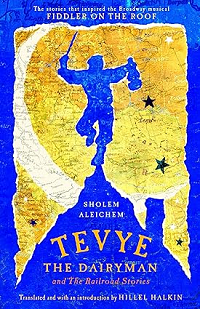
Tevye the Dairyman and The Railroad Stories by Sholem Aleichem (1894)Originally published in Yiddish around the turn of the 20th century, Sholem Aleichem’s tales of Tevye and his daughters gave rise to the Broadway smash-hit Fiddler on the Roof. Although the musical and film adaptations aren’t exactly known for their happy endings, there’s a lot more death and dying in Aleichem’s original stories. But there’s plenty of warmth, humor, and — of course — tradition here as well, making this collection well worth picking up. |
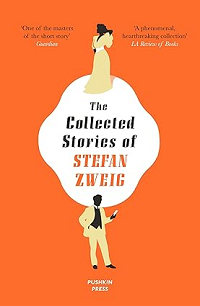
The Collected Stories of Stefan Zweig (1900)Containing 22 stories from Austrian author Stefan Zweig, this collection serves as a phenomenal introduction to the author’s charming oeuvre. If you loved The Grand Budapest Hotel, you’re in luck here; Wes Anderson admitted to “stealing” from Zweig’s fiction to create the film, which features an anonymous writer who appears to be a thinly veiled stand-in for Zweig. Interest in the author saw a brief revival around 10 years ago, but much of his work remains unknown to contemporary readers. These stories are equal parts melody and melancholy, and you’ll come away richer having read them. |

Love and Life Behind the Purdah by Cornelia Sorabji (1901)Fans of Sujata Massey’s Perveen Mistry series would do well to take note here. In turn-of-the-century India, Oxford-educated lawyer Cornelia Sorabji served as the legal representative for the purdahnashin. These wealthy Hindu women practiced veiling and spent their days at home, secluded from the outside world. Because purdah prohibited contact with unrelated men, the women who practiced it were largely prevented from seeking legal counsel. In Love and Life Behind the Purdah, Sorabji — the inspiration behind Mistry herself — draws on her clients’ stories to write about the lives of these upper-caste women under the British Raj. |
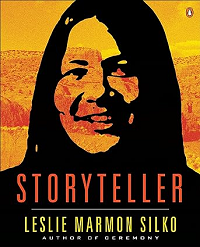
Storyteller by Leslie Marmon Silko (1981)Written in the tradition of Laguna Pueblo storytelling, Leslie Marmon Silko’s 1981 collage-as-memoir isn’t your average classic. Storyteller weaves together poetry, short fiction, and memoir into an unparalleled reading experience. This is 20th-century experimental fiction at its finest, and readers who dread turning page after page of 19th-century English would do well to pick this one up. |
Best Classic Books: Novels
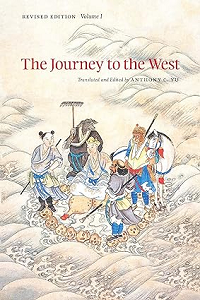
The Journey to the West by Wu Cheng’en (16th Century)Perhaps the most familiar and accessible of the Chinese classics, Wu Cheng’en’s Journey to the West is the tale of Tang Sanzang, a Buddhist pilgrim, who must help three disgraced agents — Sun Wukong, the Monkey King; Zhu Bajie, the Monk Pig; and Sha Wujing, the Sand Ogre — find their way back to Heaven. Westerners familiar with anime and manga — most notably Dragon Ball and Saiyuki — may be more comfortable here than total newcomers. Anthony C. Yu’s diligent translation efforts really pay off here, however, allowing all the humor and drama in the original Chinese to shine through. |
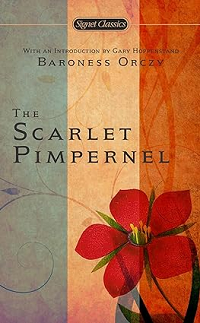
The Scarlet Pimpernel by Baroness Orczy (1905)None other than Stan Lee dubbed him “the first character who could be called a superhero.” Before Batman, before Zorro, there was the Scarlet Pimpernel. Someone is smuggling French aristocrats out of the country during the Reign of Terror. The Republic is confounded. They can’t seem to catch this man, known only by his calling card — the titular flower. The last person anyone suspects is dandyish dilettante, Sir Percy Blakeney. An English baronet married to a French actress, Blakeney is everything the revolution despised. There’s no way a fool like him could be the mastermind behind the rescue operation…right? |
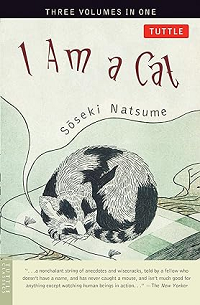
I Am a Cat by Natsume Sōseki (1905)As you might have guessed from the title alone, I Am a Cat is a novel narrated by a very self-important cat. Either you’re sold, or you can keep scrolling because that’s it. That’s the concept. I Am a Cat follows its nameless feline narrator as he recounts the trials and tribulations of the humans in his orbit. He’s a pampered housecat living in an upper-middle-class household during the Meiji period. And boy, oh boy, does he have opinions. Not only is this novel just a good time all around, but it also has staying power. Nearly 120 years after its initial publication, it’s still read widely by school-age children, like many other animal-centric classics. |
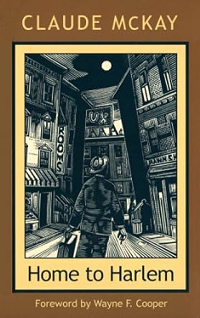
Home to Harlem by Claude McKay (1928)Claude McKay’s debut novel follows Jake, a U.S. soldier from Harlem who goes AWOL from the European front during the Great War. Back in New York, he takes a job working in the kitchen of a passenger train. There, he crosses paths with a variety of characters, most of whom — like Jake — are poor. Like many of its contemporaries, Home to Harlem drew controversy for its unflinching portrayal of working-class Black characters. Its examinations of socioeconomic struggle and closeted queerness still resonate today. |
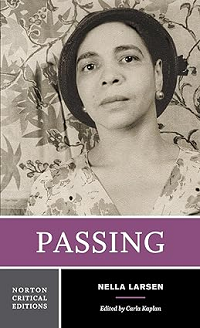
Passing by Nella Larsen (1929)Passing revolves around the friendship of two biracial women. Both Irene and Clare can “pass” for white, but only Clare has chosen to do so. She married a racist white man and moved to Europe. When she attempts to reconnect with Irene, Clare sets off a tragic chain of events. A social novel with elements of a psychological thriller, Passing is a landmark work in the American literary canon. If you’re looking for the best classic novels but don’t want to read a doorstopper, this is an excellent choice. |
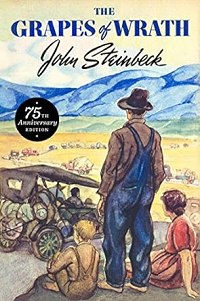
The Grapes of Wrath by John Steinbeck (1939)When it comes to accessible language, few authors do it as well as John Steinbeck. Another social novel, The Grapes of Wrath, follows the Joad family as they flee Oklahoma for California at the height of the Dust Bowl. I’d go so far as to call this the Dust Bowl novel. I revisit this one every few years, and each time, I come away amazed at how Steinbeck captures the inherent unfairness of the heroes’ situation in such plain language. It’s a hair on the longer side, but it reads like a dream, and it’s a must-read for any fan of American realist fiction. |
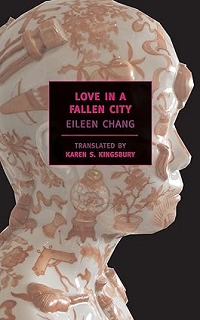
Love in a Fallen City by Eileen Chang (1943)Romance readers put off by the dense language of Jane Austen and the Brontës will want to snag a copy of this Chinese classic. Bai Liusu isn’t the most popular member of her family — and that’s putting it mildly. Divorce isn’t something this wealthy Shanghainese clan does. She needs a new husband and fast, but men aren’t exactly lining up to marry this “old maid.” Enter Fan Liuyan. After spending more time in Britain than in his home country, he’s looking for a Chinese wife to make him feel more secure in his Chinese identity. They’re just using each other as a means to an end. But can real love grow in these dire circumstances? |
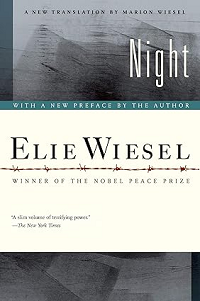
Night by Elie Wiesel (1958)Night is easily the most difficult book on this list — but not for the reasons you may think. Elie Wiesel’s short autobiographical novel chronicles his experiences at Auschwitz and Buchenwald. His mother and youngest sister were murdered at Birkenau. His father died shortly before the camps were liberated. Wiesel and his two older sisters survived the ordeal, albeit with untold scars. As shocking as it is gripping, Night is a necessary read and no less impactful today than it was in 1958. |
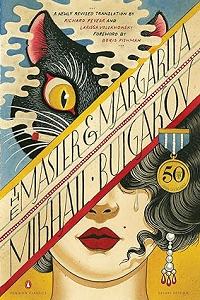
The Master & Margarita by Mikhail Bulgakov (1967)If you’ve read through this list wondering where the weird books are, this one’s for you. I mean, where else can you find Satan, a talking cat, an assassin, and a vampire all in one place? This darkly comedic take on Stalinist Moscow remained unpublished when Bulgakov died in 1940. It did not appear uncensored until 1973. How fitting, then, that it contains this famous line: “рукописи не горят” — manuscripts don’t burn. At a time when authoritarianism is on the rise globally, this irreverent classic is truly a must-read. |

Wild Thorns by Sahar Khalifeh (1976)Palestinian author Sahar Khalifeh examines life in the West Bank under Israeli occupation in Wild Thorns. The story follows Usama, a member of an anti-occupation resistance movement, as he prepares to bomb a bus transporting Palestinian workers into Israel. He desperately wants to convince his cousin Adil to join the resistance — if only to prevent him from being on board when the bombing occurs. Moving between Usama, Adil, and Adil’s teenage brother, Basil, Wild Thorns plumbs the depths of human experience to weave a tragic story that — given recent events in Israel and Palestine — is all too timely. |
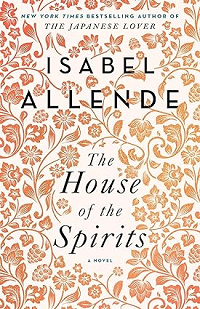
The House of the Spirits by Isabel Allende (1982)Another heady novel, Isabel Allende’s debut centers on the Trueba family. The story starts with Trueba matriarch Clara del Valle, a clairvoyant who becomes mute after predicting the death of her younger sister. Sweeping in scope and breathtaking at the sentence level, The House of the Spirits is what magical realism is all about. It may not be the most accessible introduction to the genre, but this classic novel will leave you begging for more. |
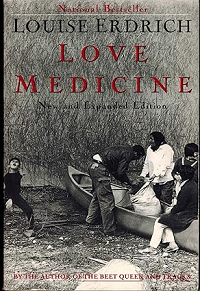
Love Medicine by Louise Erdrich (1984)The first book by a Native American author to win the National Book Critics Circle Award for Fiction, this novel-in-stories follows five Ojibwe families as their lives intertwine over the course of the 20th century. Blending Native American symbolism with harsh realism, Love Medicine is a triumphant literary achievement that’s somehow more than the sum of its parts. But don’t let that praise scare you away from it. At the end of the day, this is a family saga. If you’ve enjoyed The House of the Spirits, Tevye the Dairyman, or even The Rāmāyana, this one’s for you. |
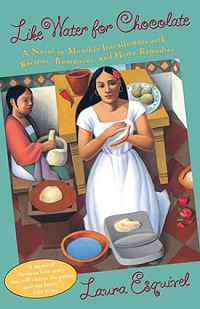
Like Water for Chocolate by Laura Esquivel (1989)Last but certainly not least, there’s Like Water for Chocolate. Laura Esquivel’s sweeping romance of revolutionary Mexico is interspersed with recipes from kitchen witch heroine Tita herself. The publishing world is no stranger to tales of tragic, star-crossed lovers. There’s something almost dreamlike about this novel, however — an otherworldliness not found in Romeo and Juliet or Wuthering Heights. But, in the words of our lord and savior, LeVar Burton, you don’t have to take my word for it. Pick up a copy and see for yourself. |
Want more lists of the best classic books to read? Check out these must-read modern classics and these must-read classics by people of color.
Source : The Best Classic Books (That Are Actually Worth a Read)












